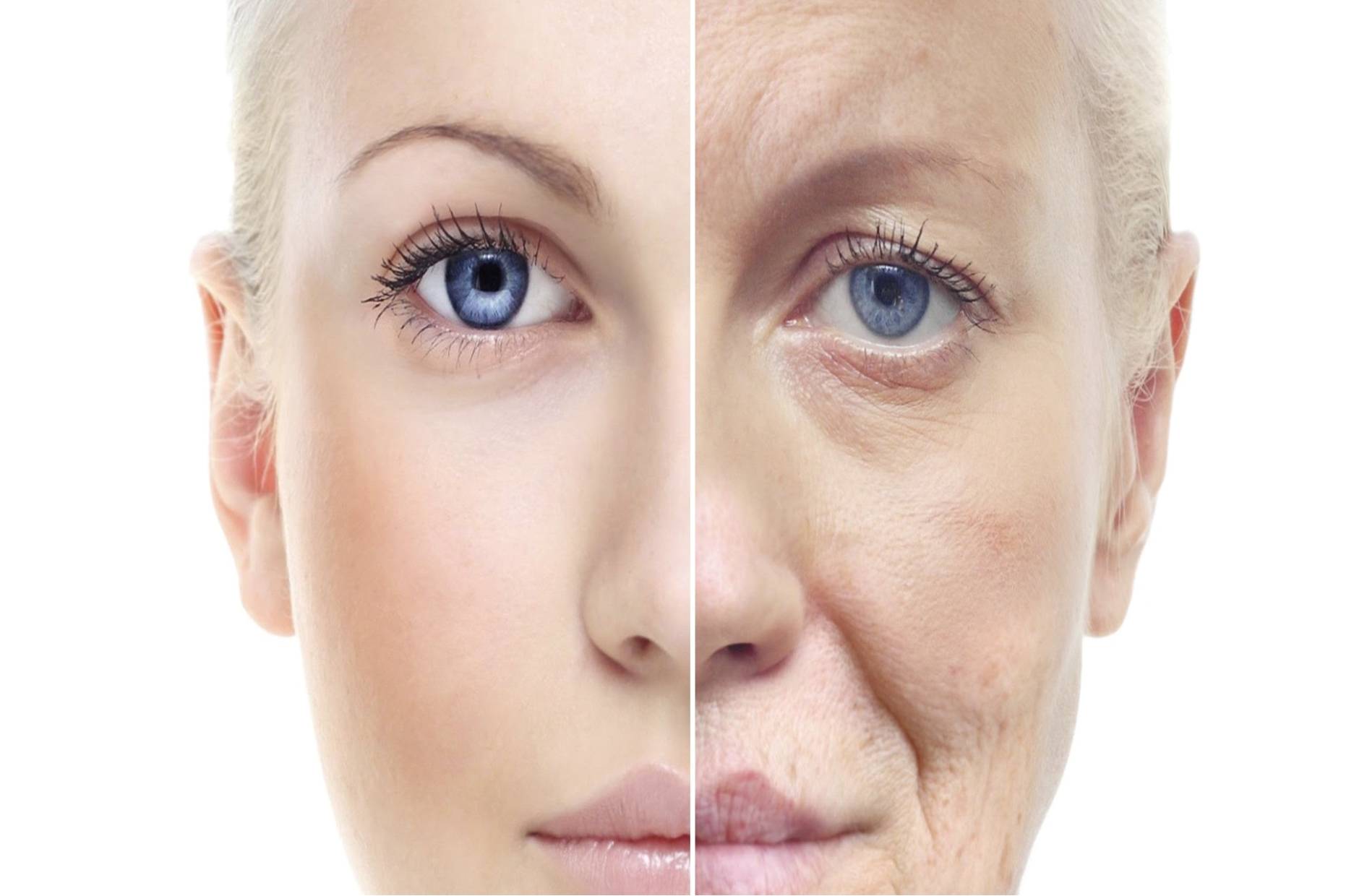Facial features
"You look so good!" ← → "What's wrong with you?"
Schüssler soon discovered that internal metabolic disorders show up in the face. Changes in the skin structure due to coloring, folds, pigment spots, bulges, etc.
Example:
In the case of acidification of the organism due to excessive meat or coffee consumption, a localized redness in the form of a butterfly can be seen on the face over the nose and cheek area, a so-called acid mask (acute situation) or a red chin point (chronic situation). This acidification can be treated well with Natrium phosphoricum, so that the redness disappears.
Dr. Kurt Hickethier (1891-1958), a great advocate of Dr. Schüssler has conducted systematic research on, among other things, the facial features of deficiencies, which he published in 1923. Since then, this method has proven itself in the decades that followed as a razor-sharp (self)diagnosis.
The great advantage of facial diagnostics is that one can choose the right cell salt or cell salts independently of various complaints. Another very important advantage: Before the first complaints occur, the salt deficiency can already be recognized in the face, in most cases already a long time in advance. As a result, facial diagnosis can prevent the development of complaints and maintain health.
The places in the face where the deficiency features are visible are the places where the "reserve stock" of cell salts is normally stored. If these storage places are exhausted and cannot be sufficiently replenished by biochemistry, this will be visible as "deficiency features".



